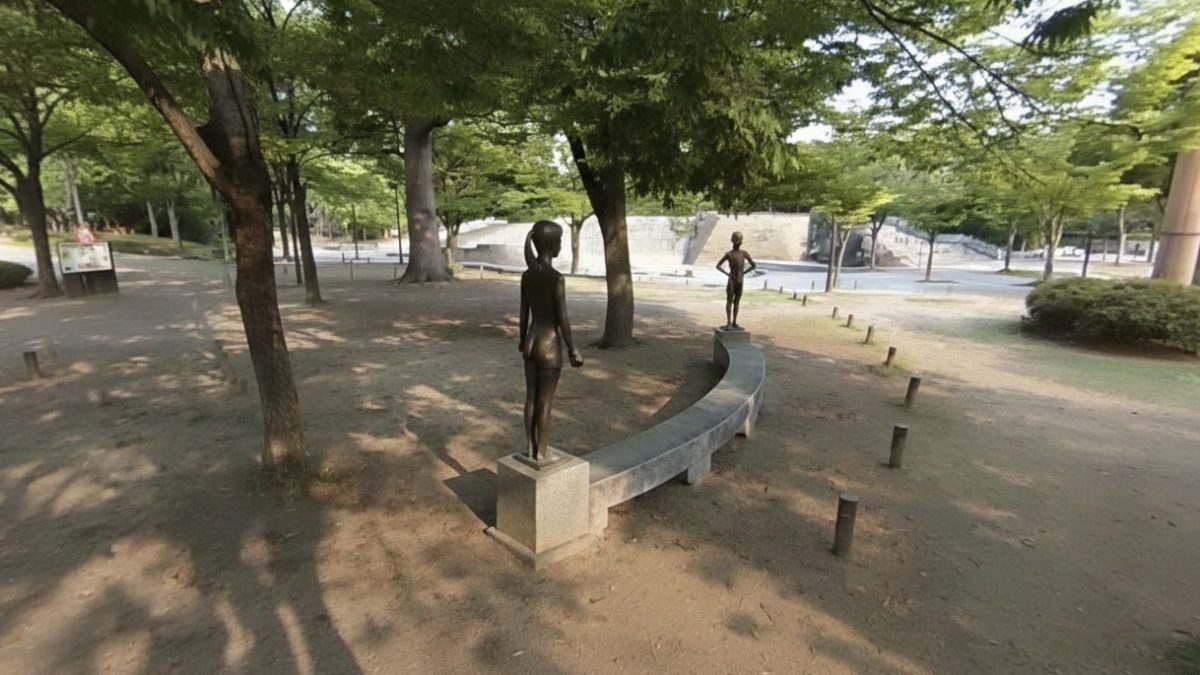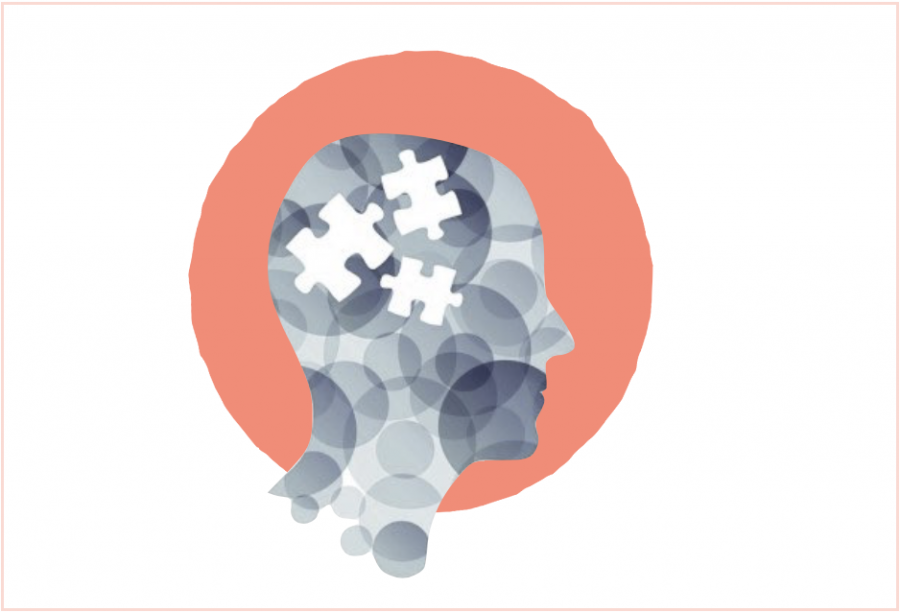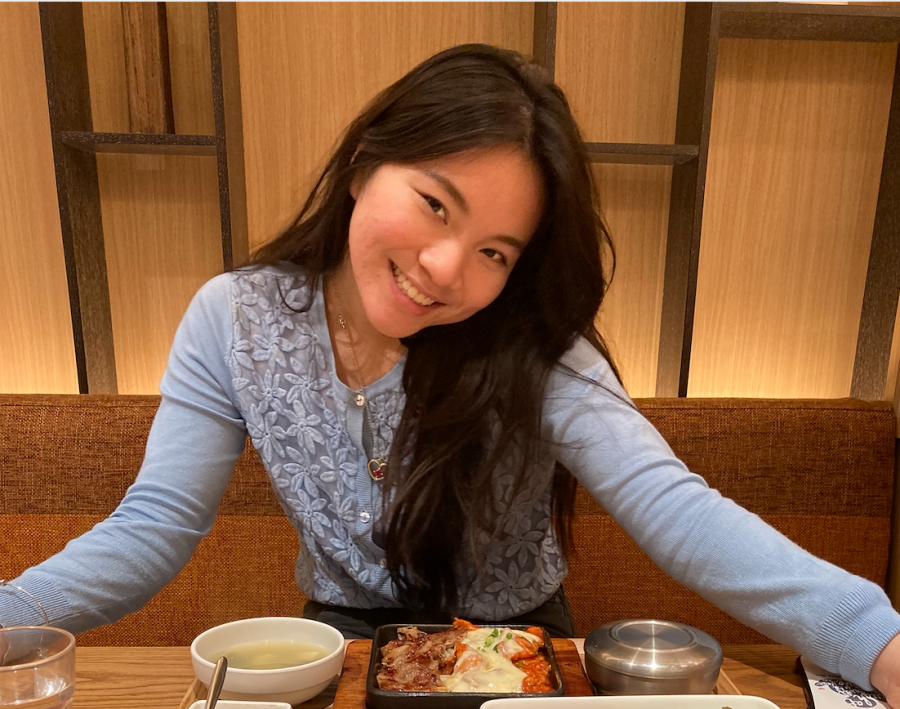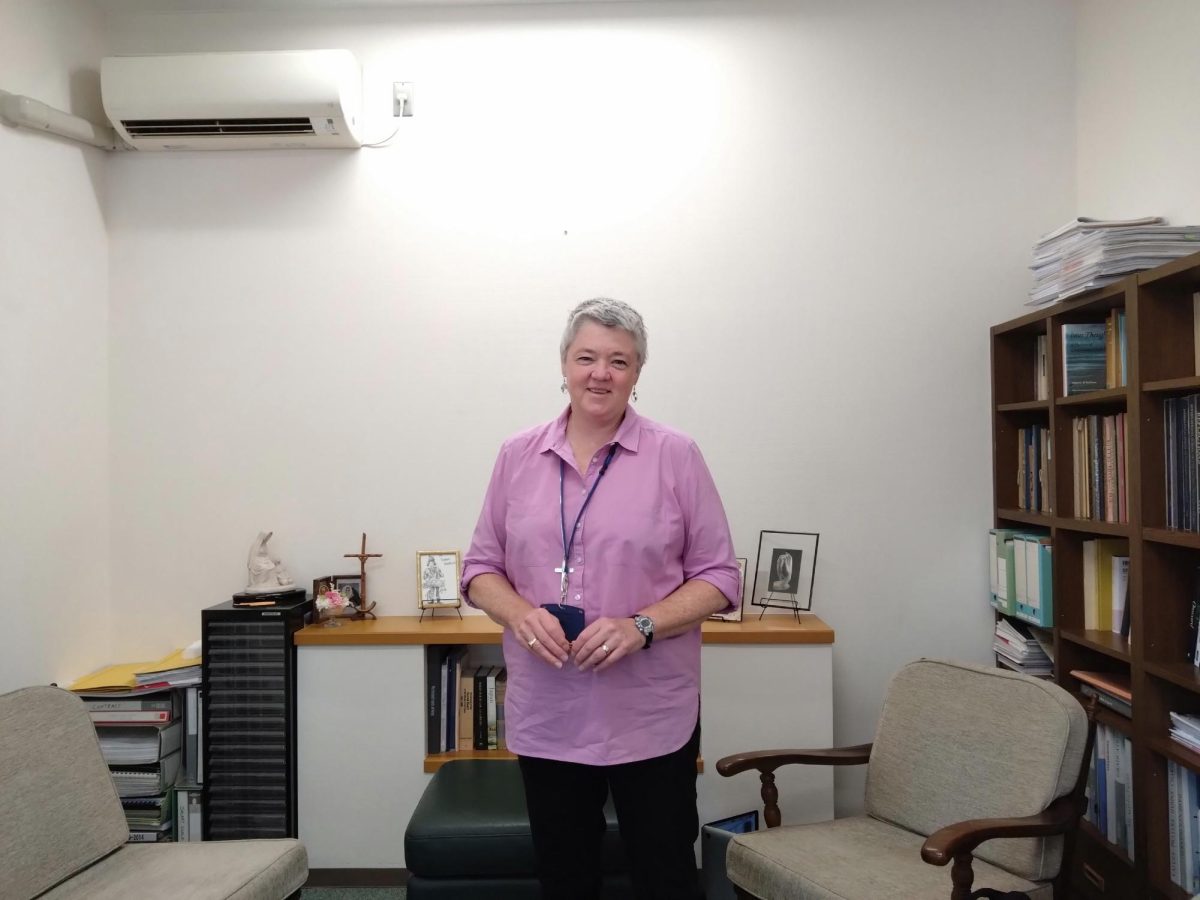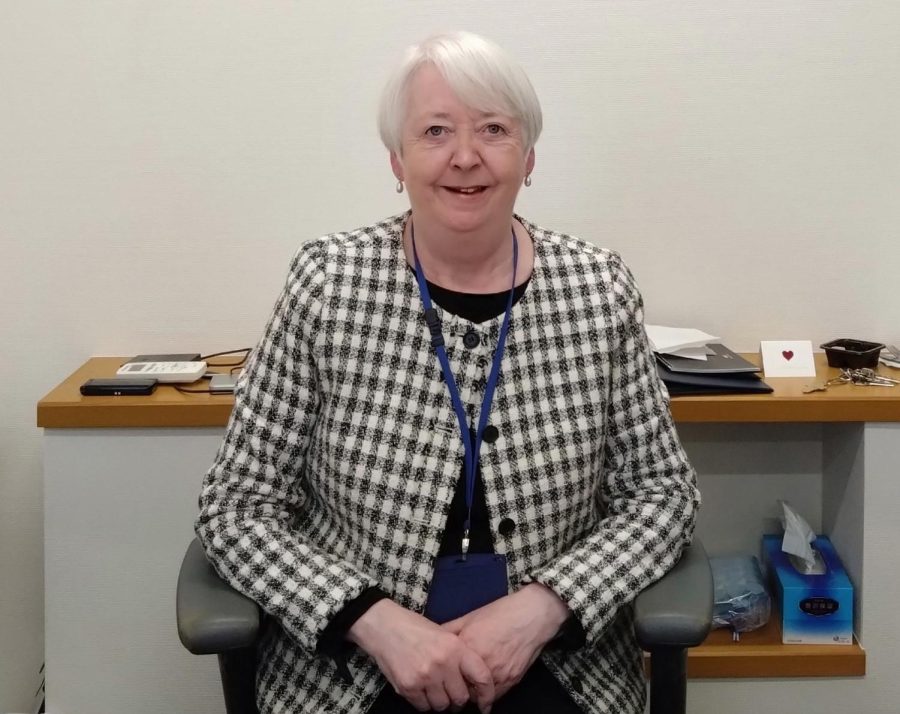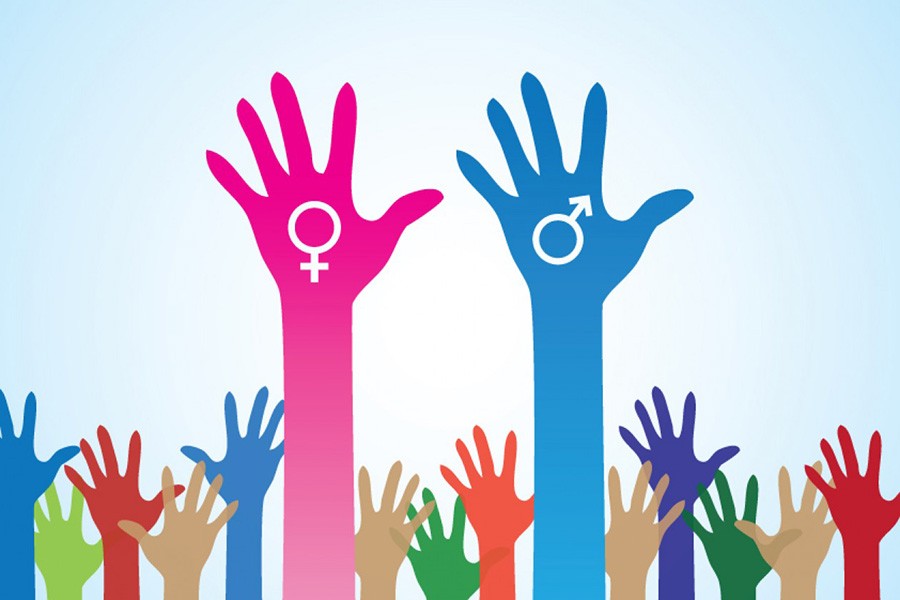What it means to empower the disempowered at Sacred Heart
Closing the gender gap in Japan
At the end of last school year, Kanako (’15) and Julia (’15), and I began to tally the total amount of money raised by the Social Service Council. My fingers punched buttons on my calculator, knowing that we barely raised more than five digits. Even if we collected 5,000 yen every morning cafe, or amassed a mountain of one yen coins, the total would be 40,000 at most.
However, as we glued together each detail, the big picture started to piece itself together — and we had raised a total of 245,680 yen!
Similarly, in tackling world issues, one idea may not stand on its own feet, but mixing and merging many ideas may be enough to generate a ripple. We should have the same attitude in combating Japan’s gender inequality.
The 2014 Global Gender Gap Report ranked Japan 104 out of 142 countries in terms of gender inequality. The Japan Times reports that although more women are slowly entering the workforce, only a shocking 9% of Japanese women hold executive positions compared to the ratio of 40% of Filipino women and 22% of American women dominating executive boards. Furthermore, even if the employment rate of Japanese women may be a decent 65%, sixty percent of those women leave the workforce after childbirth. So, in many cases, some of these statistics mask the true fate of working women.
The government has been pushing for day care centers so that women can stay at work while balancing their home life, but the Gender Gap Report highlights in bold the 2% progress made in gender equality from 2006 to 2014. Even when the newly appointed Minister of Maternity and Health Care shared her plan to empower women, the move was booed (quite literally) by male politicians.
Japan’s slumping economy is in dire need of fuel, and closing the gap between male and female employment could boost GDP by at least 16%.
But we don’t have to sit here and watch while the government slowly boxes and seals this issue.
We, Sacred Heart students, the youth of aging Japan, can start empowering women here in our community.
We can open so many doors of opportunity. Perhaps the key to the closest door is demonstrating that a woman’s voice matters by voting. With the new voting age lowered to 18, women can prove that we have a proactive role in decision making. Voting can be a tool for women to negotiate for equal pay and equal employment. Equality starts with democracy — democracy starts with voting — and voting starts with you. As Mina (12) emphasized in her editorial, to vote or not to vote should not be the question, but for whom to vote is what the question should be.
In addition, whenever you can, support the endeavours of GIRLS, the Medical Society, the Gay Straight Alliance, and Amnesty International as they continually seek to empower the disempowered, from fighting against human trafficking to supporting the march for LGBTIQ rights. However, don’t blindly sign petitions just because you see dozens of other signatures. Don’t wear free dress because you get facebook updates reminding you that your friends are wearing free dress. And definitely don’t create bake sale stampedes just because you can smell the baked goods several classrooms away. As alumna Miyu Tada (‘15) stressed in her editorial, we can be responsible givers. We can be leading examples illustrating that for every yen we donate, we can pinpoint its final destination on the map. We can nurture the seeds of social awareness until they grow into trees of action.
Another gateway to change can be urging the school to start our own Career Day. We can invite parents to come to school and offer students insight into their jobs. We can motivate our young women to adopt interests in different fields so that they can pursue these studies in higher education and help Japan stand up on its feet. We can empower women here by carving the many paths that they can take forward, like alumni (but not limited to) Jin-Ah Yang, Juhi Daryanani, Soumya Bhavaraju, Miki Saito, Kei Meguro, Yuri Kawashima, and Tamami Yoshida.
If our whole high school can collect 13, 394 bottle caps throughout the year–equivalent to vaccinating more than 17 African children against polio, if our whole high school can provide 192 Luci lights through SEEDS to sustain the education of Nepali school children, and if our whole school can raise 85,547 yen from one free dress day to promote Breast Cancer Awareness, then surely we can level the scale of power between men and women – beginning here in Sacred Heart.
We can spread the wings of Sacred Heart students so that they can fly to the future with confidence. But we can only do so if every single one of you exhibits self confidence and takes action.
After all, as Gandhi once emphasized, “You must be the change you wish to see in the world.”


